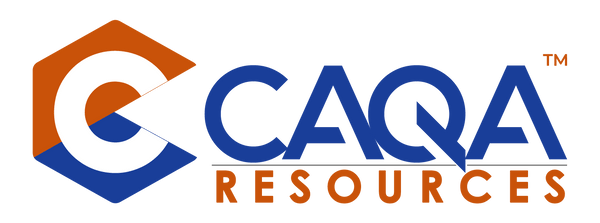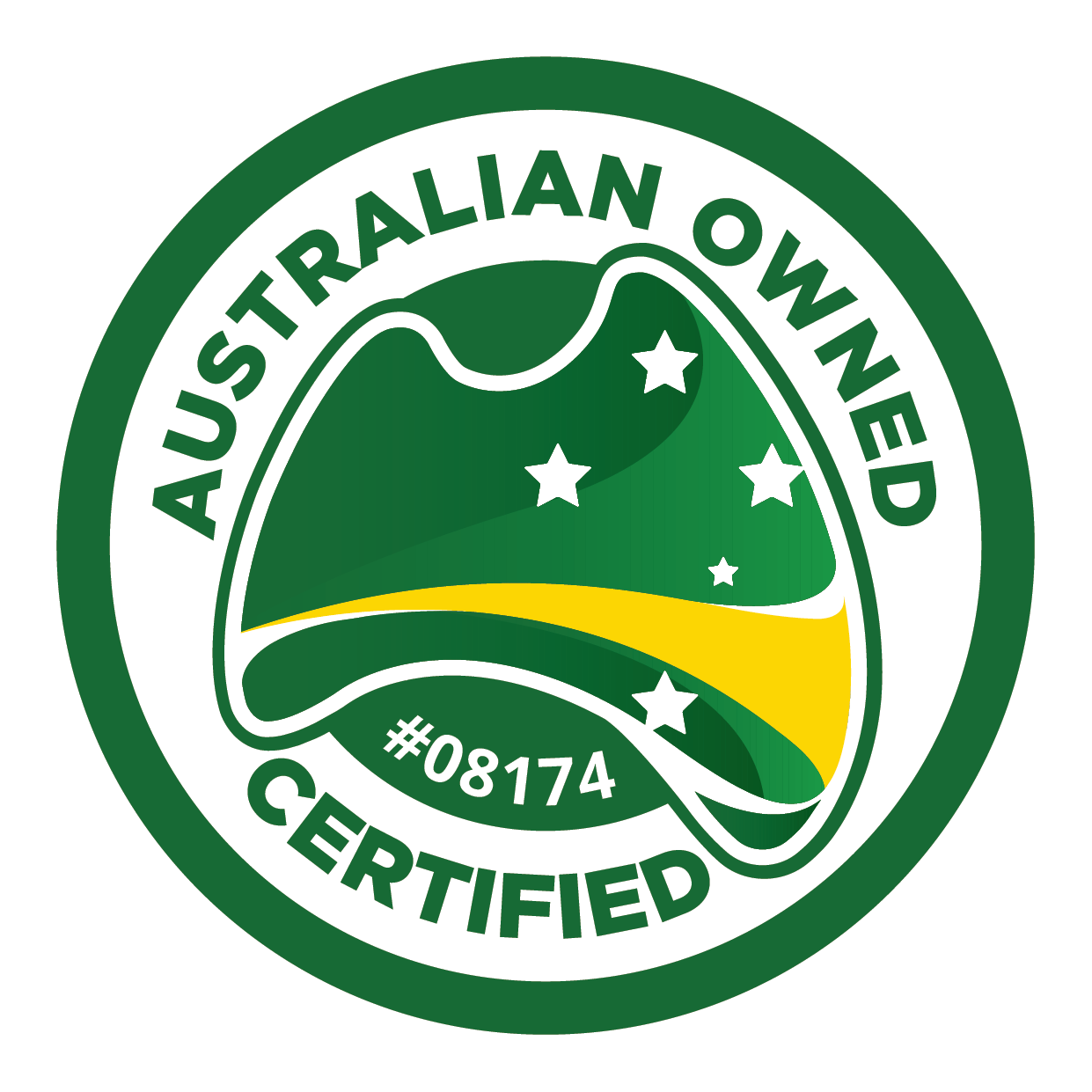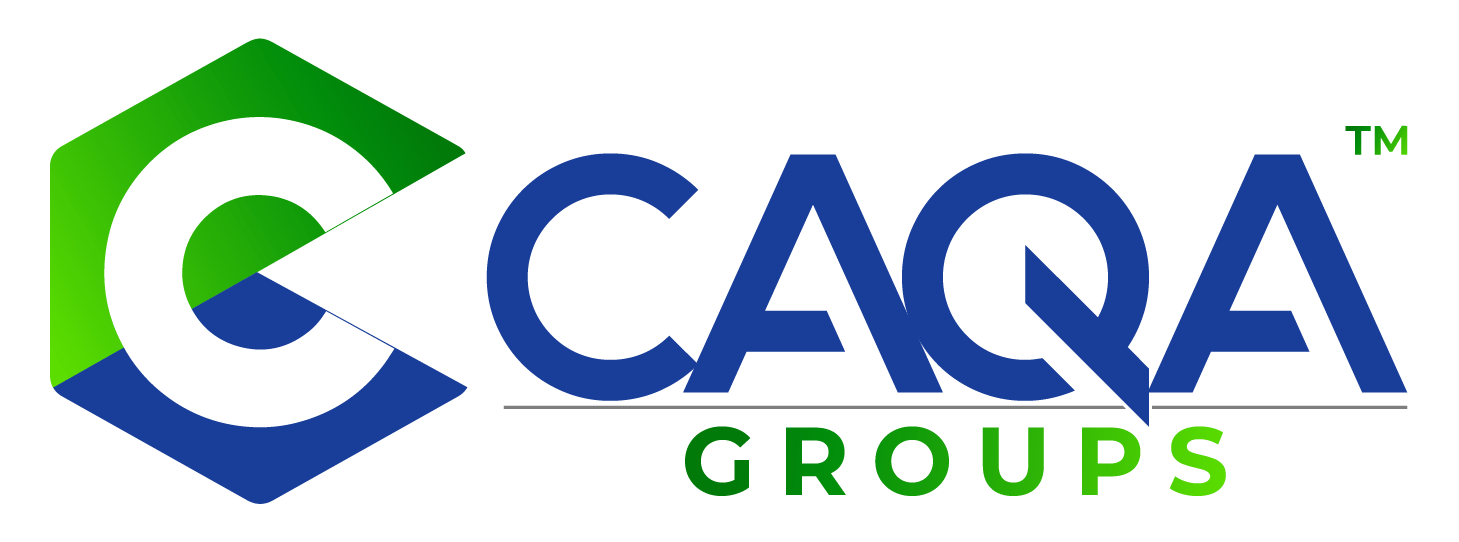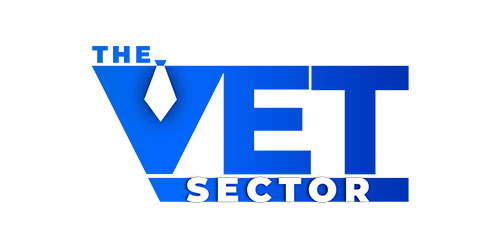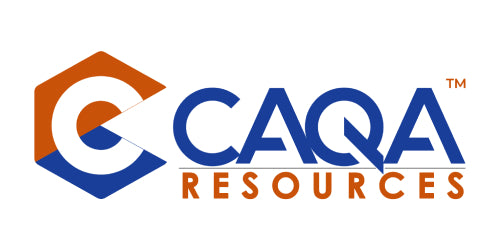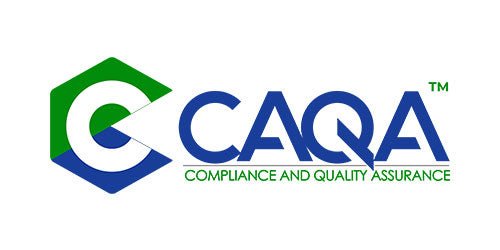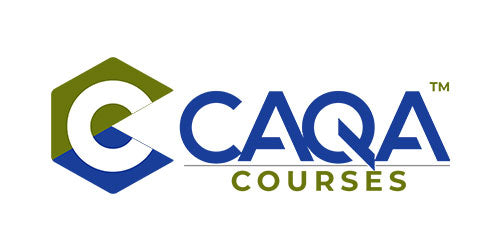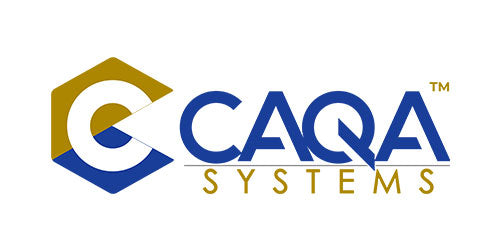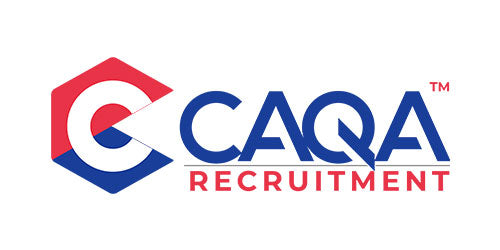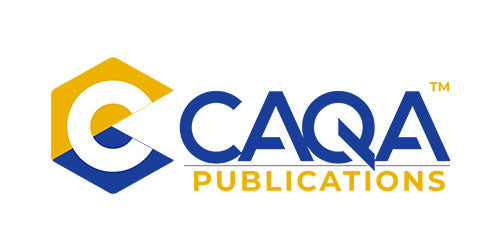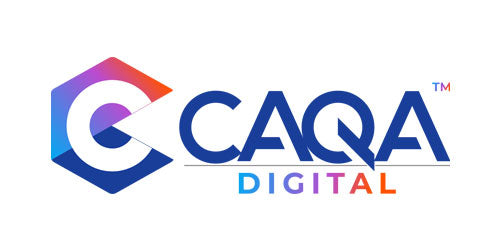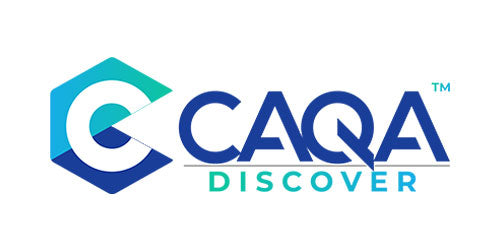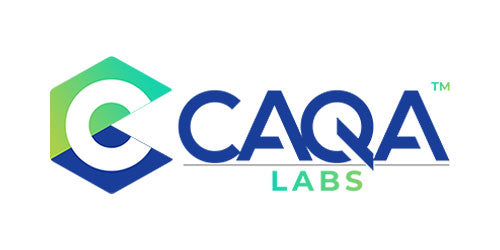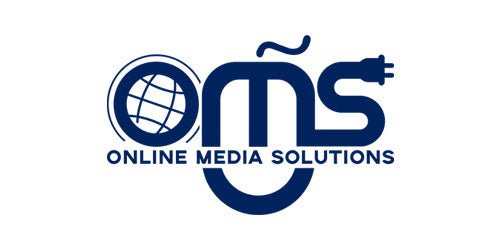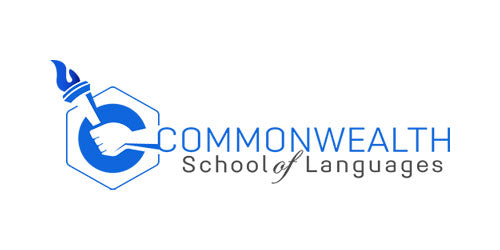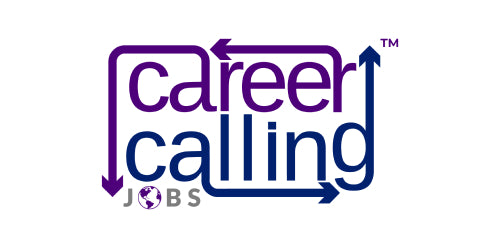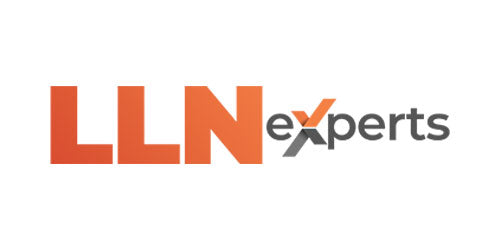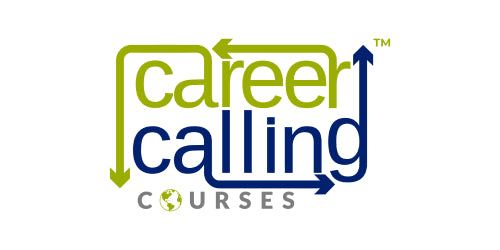The major issues with current legislative and regulatory standards (Part 1)
We are starting a series of articles discussing what is broken or can be improved in the current legislative and regulatory standards. We will also talk about how there should be no room for ambiguity and a very clear understanding in terms of what is expected from the training organisations.
Our first target is the assessment system and why it is broken.
Current legislative requirement:
Now, let’s unpack the requirements:
Clause 1.8 (a) states that the assessment system must comply with the “assessment requirements of the relevant training package or VET accredited courses”
In reality, auditors are currently auditing the organisations on all units of competency details mentioned on the national register. Take the example of
BSBADM502 – Manage meetings https://training.gov.au/Training/Details/BSBADM502.
According to the legislative instrument, the organisations should be audited on the assessment requirements section of the unit of competency that consists of performance evidence, knowledge evidence and assessment conditions.
Assessment Requirements
Modification History
Performance Evidence
Evidence of the ability to:
- apply conventions and procedures for formal and informal meetings including:
- developing and distributing agendas and papers
- identifying and inviting meeting participants
- organising and confirming meeting arrangements
- running the meeting and following up
- organise, take part in and chair a meeting
- record and store meeting documentation
- follow organisational policies and procedures.
Note: If a specific volume or frequency is not stated, then evidence must be provided at least once.
Knowledge Evidence
To complete the unit requirements safely and effectively, the individual must:
- outline meeting terminology, structures, arrangements
- outline responsibilities of the chairperson and explain group dynamics in relation to managing meetings
- describe options for meetings including face-to-face, teleconferencing, web-conferencing and using webcams
- identify the relevant organisational procedures and policies regarding meetings, chairing and minutes including identifying organisational formats for minutes and agendas.
Assessment Conditions
Assessment must be conducted in a safe environment where evidence gathered demonstrates consistent performance of typical activities experienced in the general administration field of work and include access to:
- reference material in regard to meeting venues and technology, catering and transport suppliers
- organisational policies and procedures for managing meetings
- office supplies and equipment
- computers and relevant software
- case studies and, where possible, real situations.
Assessors must satisfy NVR/AQTF assessor requirements.
However, according to our experiences of participating in audits, auditors not only use the assessment requirements, but audit the training organisations on the elements and performance criteria, foundation skills, and even on the unit application.
Auditors, therefore, expect to see the assessment resources that meet the following requirements for this unit of competency:
- Assessment conditions:
Set up the assessment environment correctly and provide all necessary documentation, facilities, equipment and tools necessary for the students to participate and complete an assessment task:
- reference material in regard to meeting venues and technology, catering and transport suppliers
- organisational policies and procedures for managing meetings
- office supplies and equipment
- computers and relevant software
- case studies and, where possible, real situations.
Explanation:
So, if your assessment tools do not have case studies, computers and relevant software for students to access, office supplies and equipment to conduct meetings such as notepads, notebooks, pens, pencils, paper, projector, microphone, laser pointers, etc., organisational policies and procedures for managing meetings, reference material in regard to venue, technology, catering and transport suppliers and if the assessment is not being conducted in a safe business environment and do not demonstrate consistent performance of typical activities experienced in the general administration field of work, your resources do not meet the requirements of the assessment conditions.
You must focus on the plural throughout the assessment conditions.
- Knowledge evidence:
Knowledge refers to learning concepts, principles and acquiring information regarding a particular topic or item. Knowledge helps us develop “understanding”. If we do not have an understanding then how we will be able to use skills effectively or demonstrate our abilities efficiently?
Knowing how to do something does not simply imply you can do it, even if you know the steps such as what should occur and when. However, knowledge should be assessed first before students demonstrate “they can do something or achieve something”. Mostly, people learn to use the tools and equipment first before using them for practical purposes.
ASQA guidelines state:
Knowledge evidence:
- Specifies what the individual must know in order to safely and effectively perform the work task described in the unit of competency.
- The type and depth of knowledge required to meet the demands of the unit of competency
In our experience, If the assessment resources do not assess student’s knowledge first before skills, this is considered as a non-compliant practice.
The auditors are expecting the training organisations to demonstrate that their assessment resources have questions or case-studies on outlining and use of meeting terminology, structures and arrangements, outline the responsibilities of the chairperson and discuss the group dynamics in relation to the management of meetings, description of different ways to conduct meetings, and have included relevant organisational procedures and policies regarding meetings, chairing and minutes including identifying organisational formats for minutes and agendas to meet the following criteria:
- outline meeting terminology, structures, arrangements
- outline responsibilities of the chairperson and explain group dynamics in relation to managing meetings
- describe options for meetings including face-to-face, teleconferencing, web-conferencing and using webcams
- identify the relevant organisational procedures and policies regarding meetings, chairing and minutes including identifying organisational formats for minutes and agendas.
- Performance evidence:
ASQA guidelines state that performance evidence specifies the skills to be demonstrated relevant to the product and process and also the frequency or volume of the product or process.
Performance is to “perform”, “demonstrate”, “carry out an activity or function” or “get something done” to an expected standard or measurement criteria.
Therefore, taking the example of BSBADM502 unit of competency, the assessment resources must have practical tasks and activities, where learners can demonstrate that they can apply conventions, procedures, develop and distribute meeting agendas and papers, identify and invite participants, organise and confirm meeting arrangements, run the meeting, participate in the follow-ups, organise and take part in chairing a meeting, record and store meeting documentation, and follow organisational policies and procedures.
Performance Evidence
Evidence of the ability to:
apply conventions and procedures for formal and informal meetings including:
- developing and distributing agendas and papers
- identifying and inviting meeting participants
- organising and confirming meeting arrangements
- running the meeting and following up
- organise, take part in and chair a meeting
- record and store meeting documentation
- follow organisational policies and procedures.
Note: If a specific volume or frequency is not stated, then evidence must be provided at least once.
- Foundation skills
Foundation skills are fundamental to a person’s participation in the workplace, the community and in education and training. They are a combination of language, literacy and numeracy (LLN) skills and employability skills.
The expectations from BSBADM502 is that the assessment resources must have activities and tasks that demonstrate the learner’s ability to participate in reading, writing, oral communication, numeracy, navigating the world of work (we noticed a mistake here in the training package it is incorrectly written as navigating the work of work and should be rectified as soon as possible), interact with others, get the work done according to the criteria mentioned below:
Foundation Skills
This section describes language, literacy, numeracy and employment skills incorporated in the performance criteria that are required for competent performance.
If the assessment resources, for example, do not have information about using appropriate style, tone and vocabulary for the audience, context and purpose under participating in oral communication or asking questions and listening to responses to clarify understanding , your resources are non-compliant.
- Elements and Performance Criteria
ASQA’s guidelines state that:
Elements are the essential actions or outcomes which are demonstrable and assessable.
Performance criteria refer to the required performance in relevant tasks, roles and skills to demonstrate achievement of the element.
The training organisations must focus on the “Action verbs” in the performance criteria and understand what is expected from the learners.
Taking the example of BSBADM502, if the assessment resources do not provide the student’s opportunity to develop agenda, state meeting purpose, style and structure is appropriate to identify and notify the meeting participants, confirm meeting arrangements, despatch meeting papers, chair meetings, conduct meetings, ensure meeting facilitation, brief minute taker, checking transcribed meeting notes, distributing and storing meeting minutes and other follow-up documentation within designed timelines and according to organisational requirements, report outcomes of meetings as required etc. the resources are non-compliant straightaway.
- Application
We have been part of a number of audits where the “Unit application” has also been considered as sometimes, this section includes a few additional items not covered through the other parts of the unit of competency.
Let’s take the same unit as an example, BSBADM502, and review the unit application:
Application
This unit describes the skills and knowledge required to manage a range of meetings including overseeing the meeting preparation processes, chairing meetings, organising the minutes and reporting meeting outcomes.
It applies to individuals employed in a range of work environments who are required to organise and manage meetings within their workplace, including conducting or managing administrative tasks in providing agendas and meeting material. They may work as senior administrative staff or may be individuals with responsibility for conducting and chairing meetings in the workplace.
No licensing, legislative or certification requirements apply to this unit at the time of publication.
If the assessment resources do not provide adequate structure and framework to assess the skills and knowledge required to manage a range of meetings including overseeing the meeting preparation processes, chairing meetings, organising the minutes and reporting meeting outcomes, the resources become non-compliant.
What should be assessed and what not
We believe an industry consultation should occur on what should be assessed or what not, how much is too much or how little is too little?
Set the expectations correctly
Nonetheless, in the meantime, the regulatory body must set up the expectations or practices of auditors correctly.
The current audit practices do not align with the regulatory and legislative guidelines and framework.
Either the standards and legislation require tweaking or the auditors should be told to follow the current regulatory guidelines “as-it-is” and audit the “assessment requirements”.
We will continue to discuss assessment systems and a number of other critical issues in our next editions.









